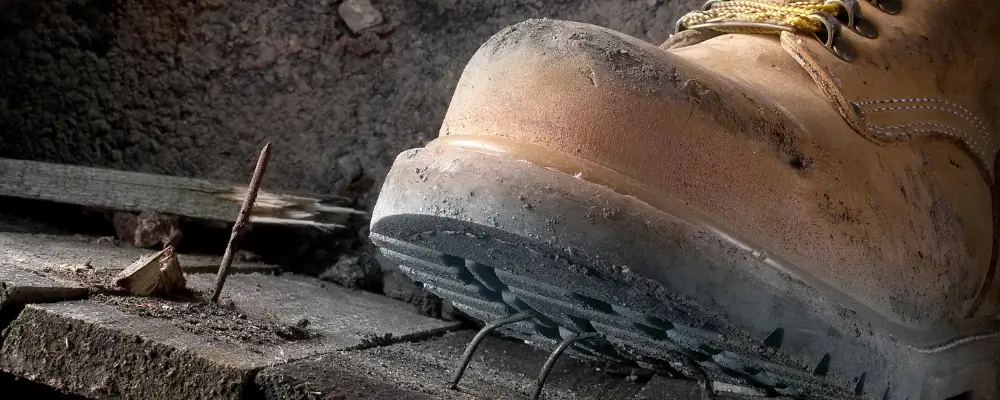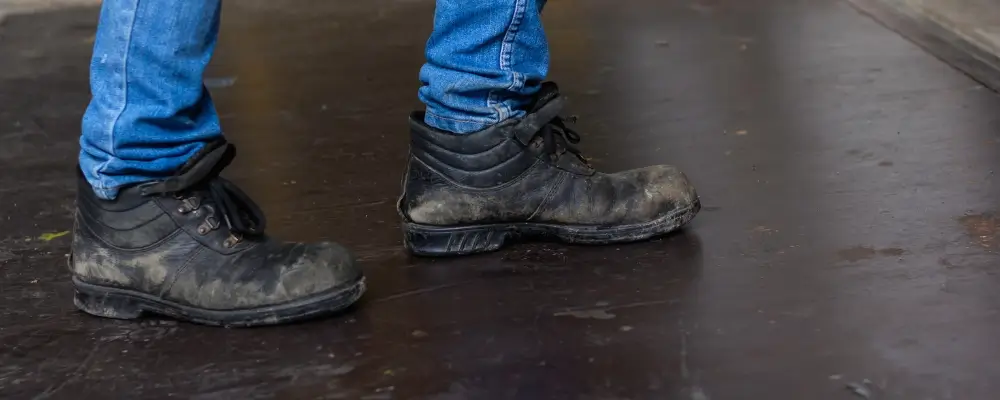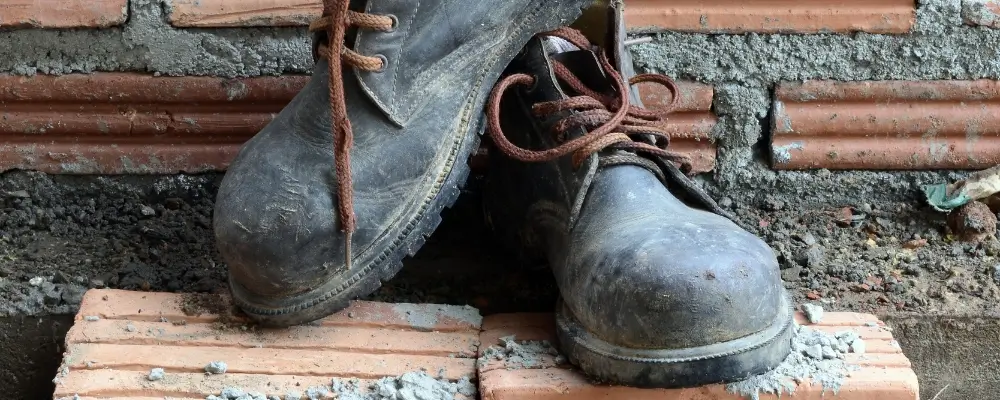Safety shoes are essential in many workplaces, protecting your feet from falling objects, punctures, and harsh environments. But have you ever wondered if those same protective elements could do more harm than good? Ill-fitting safety shoes can cause a surprising range of foot problems, from nagging blisters to chronic pain.
Let’s delve into how safety shoes can damage your feet and, most importantly, how to find footwear that keeps you both safe and comfortable.

Can Safety Shoes Damage Your Feet? Understanding the Risks
Safety shoes, with their reinforced construction and specialized features, are a lifeline for workers in hazardous environments. They prevent crushing injuries, protect against punctures, and offer insulation against extreme temperatures. Yet, there’s a potential downside: when safety shoes don’t fit well or aren’t suited to your job’s needs, they can become the source of foot problems.
The Hidden Dangers of Ill-Fitting Safety Footwear
Think of your feet as complex structures of bones, muscles, and ligaments designed for flexibility and balance. Here’s how the wrong safety shoes can disrupt this delicate system:
Size Matters (And Not Just Length):
- Too loose: Imagine swimming in oversized flippers – that’s what your feet endure in shoes that are too large. Excessive movement causes blisters, forces your toes against the toe cap, and stresses your ankles.
- Too tight: Constricted blood flow, painful corns and calluses, and worsening of existing conditions are a few consequences of safety shoes that are too small. Even your shoe width plays a role – narrow shoes squeeze your toes, while too wide shoes can lead to instability and misalignment.
Design Flaws and Mismatched Features:
- Rigid and unyielding: Some safety shoes sacrifice basic foot mechanics for protection. Their stiff materials hinder natural gait, contributing to joint pain and muscle fatigue that can extend to the knees and back.
- Lack of support: Without sufficient cushioning and arch support, the impact of each step is transferred directly to your joints, increasing the risk of long-term injuries.

Foot Troubles to Watch Out For
Wearing the wrong safety shoes doesn’t just cause discomfort; it can pave the way for both acute and chronic foot problems:
- Blisters and Abrasions: The apparent consequences of friction leading to painful sores and potential infections.
- Corns and Calluses: Your body’s defence mechanism against pressure, but these hardened skin areas can become increasingly painful.
- Bunions and Hammertoes: Ill-fitting shoes can aggravate or contribute to these bony deformities.
- Nerve Issues: Compressed toes can lead to numbness, tingling, and conditions like Morton’s Neuroma.
- Plantar Fasciitis: This inflammation of the foot’s arch ligament is a common consequence of unsupportive footwear.
The Path to Safety AND Comfort
The good news is that with some knowledge and diligence, you can reap the benefits of safety shoes without sacrificing your foot health. Here’s your action plan:
Prioritize Hazard-Specific Protection:
Don’t just grab generic safety shoes. Analyze your workplace risks and choose shoes with features directly addressing those hazards.
Find Your True Fit:
- Don’t guesstimate your size – get your feet professionally measured.
- Shop towards the end of the day when your feet are naturally a bit swollen.
- Leave ample toe room while ensuring a snug (but not tight) heel fit.
- Don’t compromise on width – many brands offer different width options.
Invest in Comfort:
- Seek shock-absorbing insoles and breathable linings for all-day wear
- Consider replacing insoles periodically, especially if worn down.

Break Them In Gently
New shoes need adjustment time. Wear them for short intervals initially, with thicker socks if needed.
Don’t Compromise on Foot Health
Remember, safety shoes that hurt your feet defeat their purpose. Prioritize well-fitting, appropriate footwear and use resources like podiatrists or safety footwear specialists to make the best choices for your work environment and body.
By proactively addressing these factors, you’ll transform your safety shoes into true allies for your protection and long-term foot health.
Conclusion
Choosing the proper safety footwear is an investment in your health and ability to perform your job safely and comfortably. Don’t assume that discomfort is just part of the job. By seeking shoes that fit well, suit your specific work hazards, and prioritize comfort features, you’ll transform your safety shoes from a source of potential harm into your most reliable tool for workplace protection. Remember, healthy feet are the foundation of a productive and pain-free workday.

